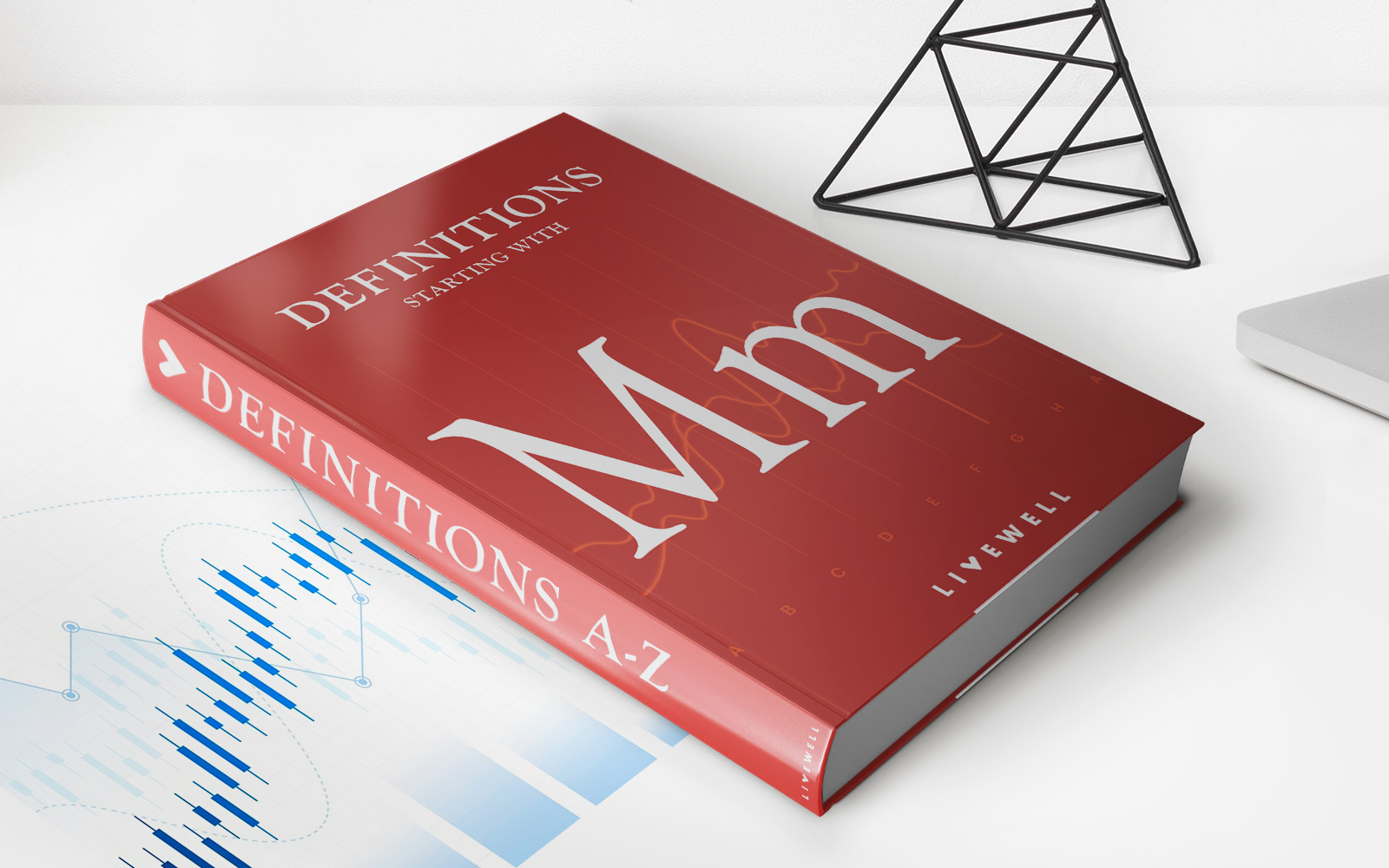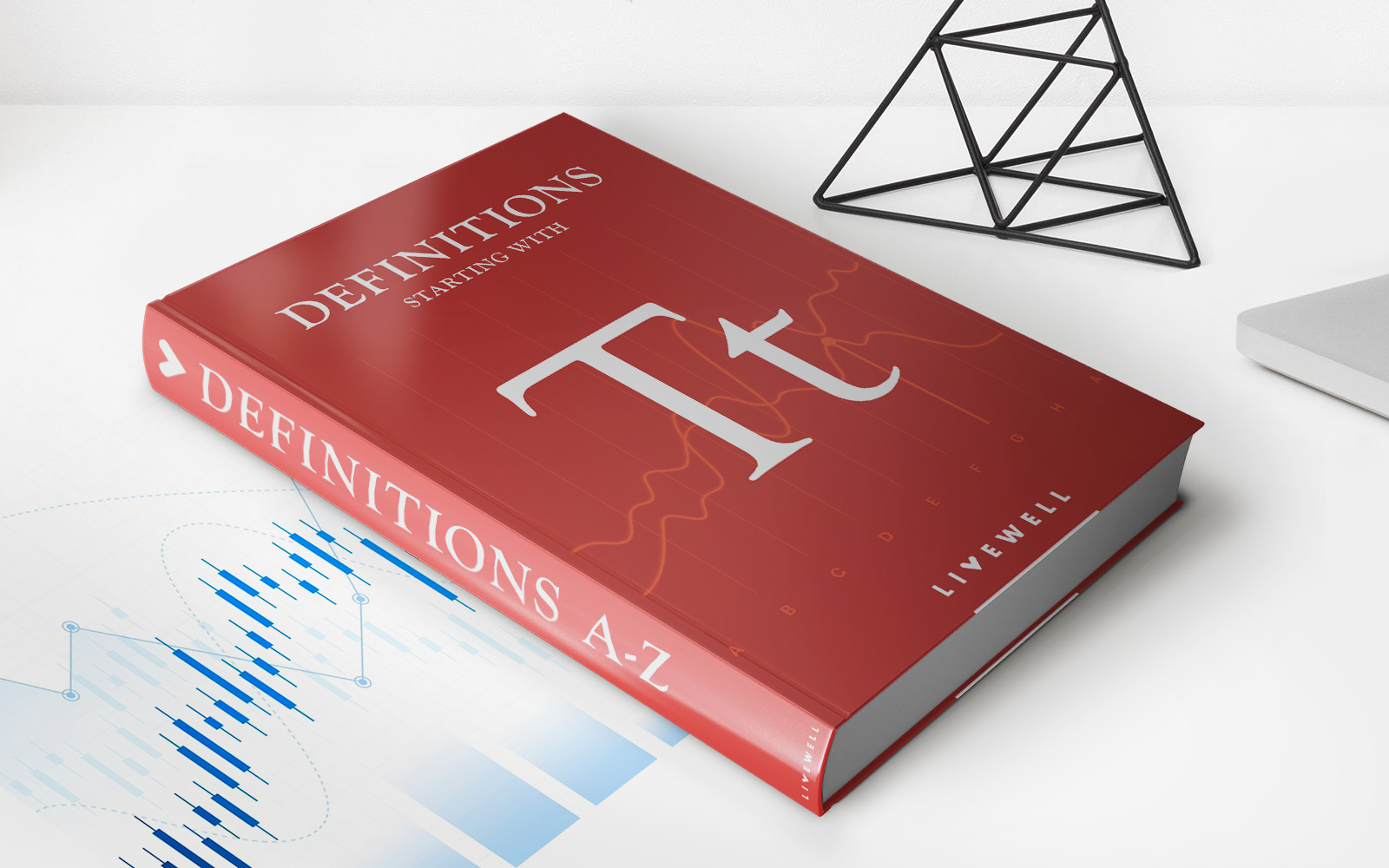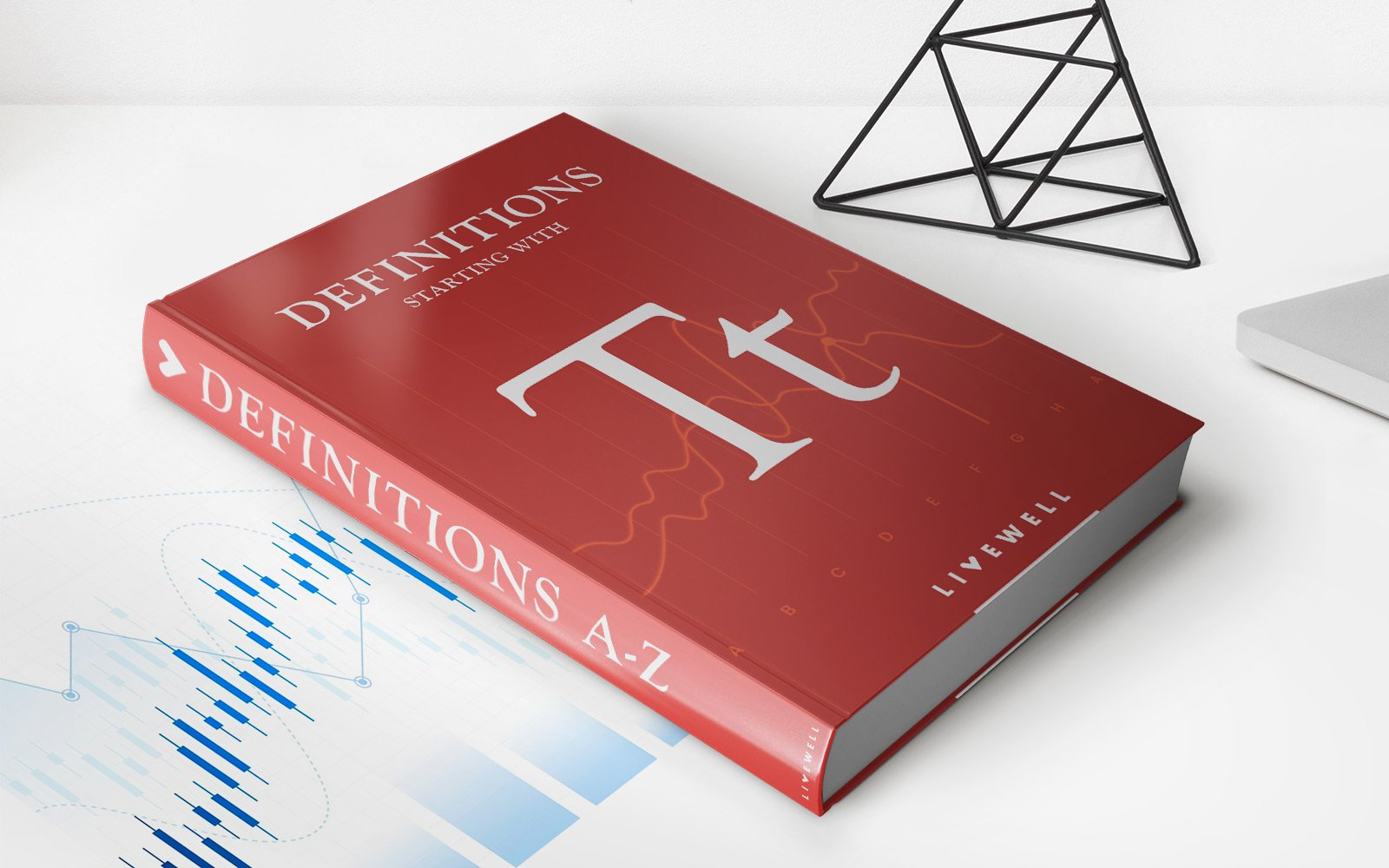Home>Finance>Free Trade Agreement (FTA) Definition: How It Works, With Example


Finance
Free Trade Agreement (FTA) Definition: How It Works, With Example
Published: November 28, 2023
Discover the definition of Free Trade Agreement (FTA) in finance and learn how it works with insightful examples. Expand your knowledge of international trade today!
(Many of the links in this article redirect to a specific reviewed product. Your purchase of these products through affiliate links helps to generate commission for LiveWell, at no extra cost. Learn more)
Free Trade Agreement (FTA) Definition: How It Works, With Example
Welcome to the Finance category of our blog! In this post, we will explore the concept of Free Trade Agreements (FTAs) and delve into how they work, using a real-life example. If you’ve ever wondered what exactly an FTA is and how it impacts global commerce and individual countries, you’re in the right place. So, let’s dive right in!
Key Takeaways:
- Free Trade Agreements (FTAs) are international treaties between two or more countries that remove or significantly reduce barriers to trade and promote economic cooperation.
- FTAs create a more favorable environment for businesses by eliminating tariffs, quotas, and other trade restrictions, leading to increased export opportunities and economic growth.
Now, let’s move on to understanding the definition of a Free Trade Agreement and how it operates in practice. At its core, an FTA is an agreement between two or more nations that aims to promote trade by removing or reducing barriers to the flow of goods, services, and investments between the participating countries. These barriers usually include tariffs, quotas, and various regulations that restrict the movement of goods and services across borders.
By signing an FTA, countries agree to grant each other preferential treatment when it comes to trade. This typically involves the elimination or significant reduction of tariffs on imports and exports, making it cheaper for businesses to trade goods and services between the participating countries. Additionally, FTAs often address non-tariff barriers such as technical standards, intellectual property rights, and investment regulations, further facilitating cross-border trade.
Let’s take a practical example to illustrate how a Free Trade Agreement works. One well-known FTA is the North American Free Trade Agreement (NAFTA), which was signed by the United States, Canada, and Mexico. Under NAFTA, these countries eliminated most trade barriers between them, allowing for the seamless flow of goods, services, and investments.
As a result of NAFTA, the three countries experienced significant benefits, including:
- Increased Trade: With the removal of tariffs and other barriers, trade between the NAFTA countries boomed. This led to a substantial increase in exports and imports, benefiting businesses across various industries.
- Economic Growth: The increased trade and investment opportunities spurred economic growth within the NAFTA countries, creating job opportunities and improving living standards.
- Specialization and Efficiency: The FTA allowed businesses to focus on their comparative advantages, leading to increased specialization and efficiency. This resulted in lower production costs and enhanced competitiveness on a global scale.
It’s important to note that while FTAs offer numerous advantages, they can also have some drawbacks. Critics argue that these agreements can lead to job losses in certain sectors, as businesses may choose to relocate operations to countries with lower labor costs. Additionally, FTAs may present challenges for industries that face increased competition from imports. However, proponents argue that the overall benefits of free trade agreements outweigh these concerns.
In conclusion, Free Trade Agreements play a vital role in promoting global commerce and fostering economic cooperation between countries. By removing barriers to trade, these agreements facilitate the flow of goods, services, and investments, leading to increased export opportunities and economic growth. The real-life example of NAFTA demonstrates the tangible benefits that can arise from a well-functioning FTA. As global trade continues to evolve, FTAs remain an important tool in ensuring a prosperous and interconnected world economy.














